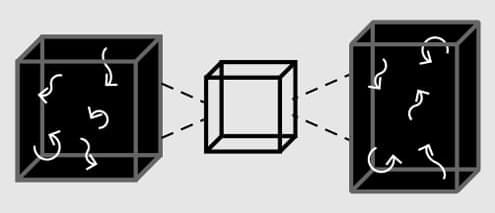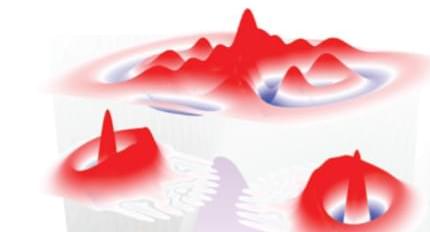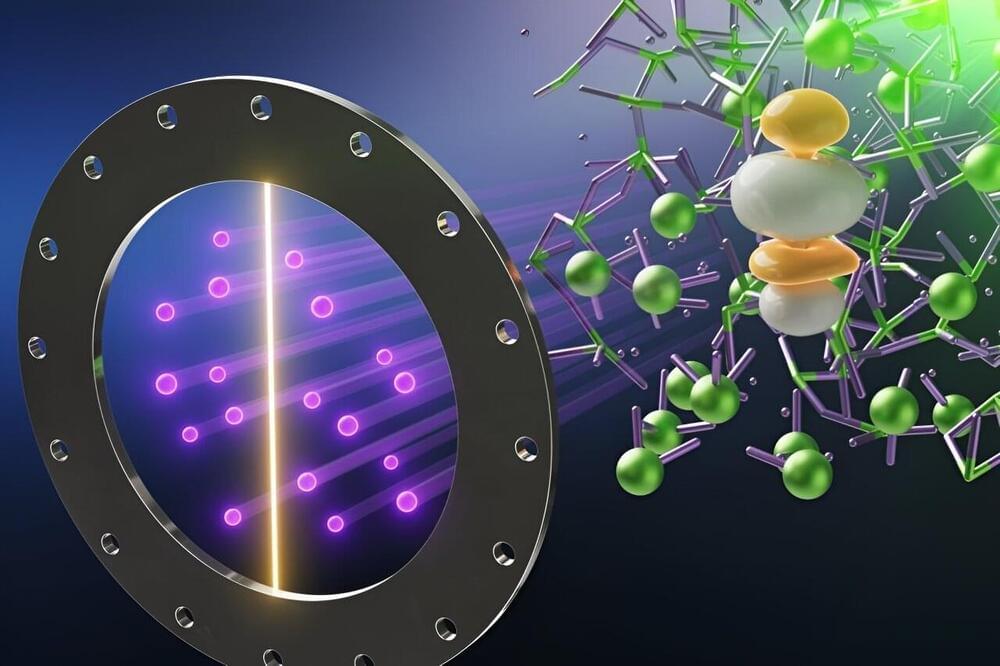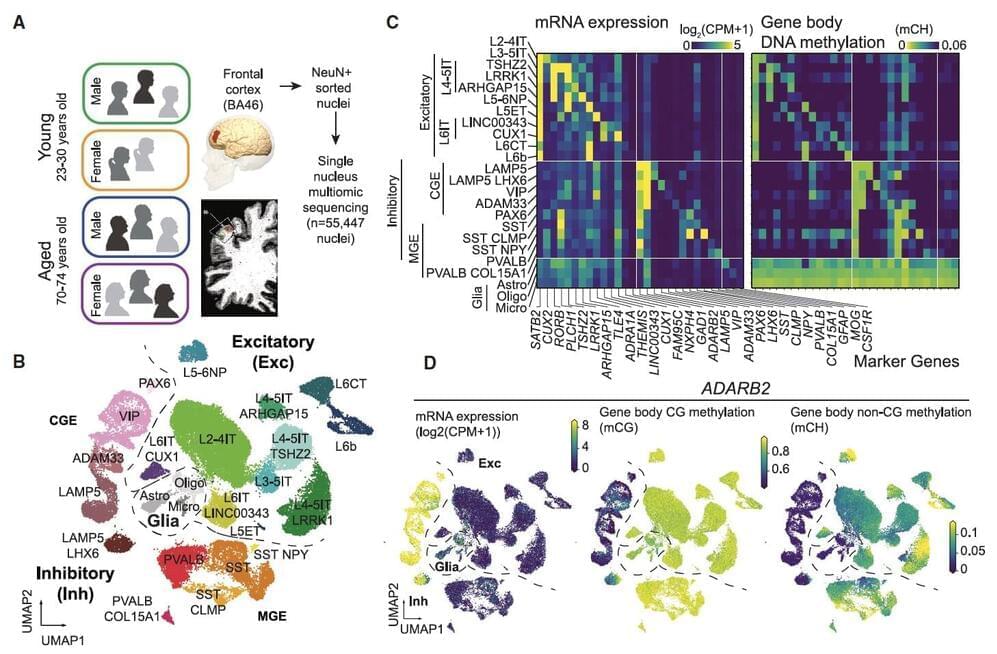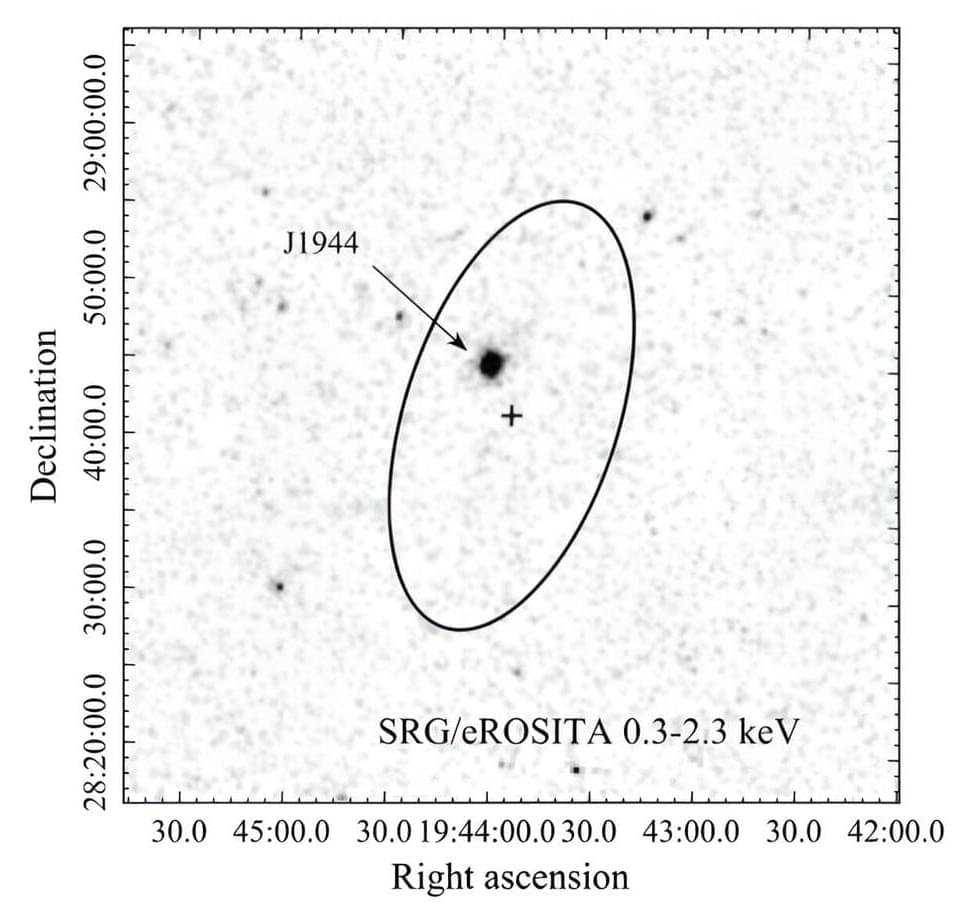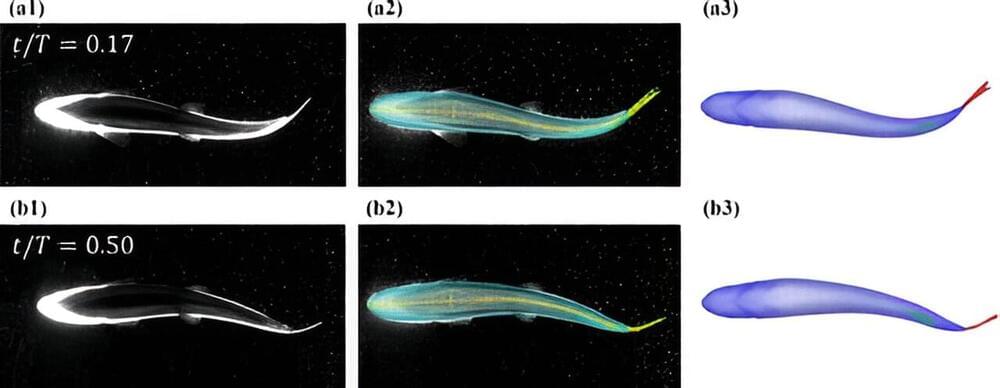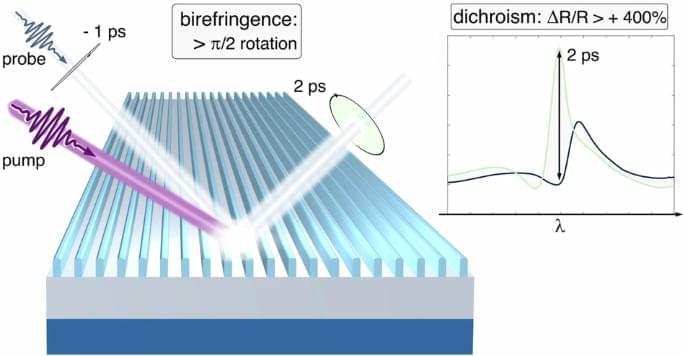Sep 4, 2024
Harnessing Machine Learning to Guide Scientific Understanding
Posted by Saúl Morales Rodriguéz in category: robotics/AI
A clever use of machine learning guides researchers to a missing term that’s needed to accurately describe the dynamics of a complex fluid system.
Physical theories and machine-learning (ML) models are both judged on their ability to predict results in unseen scenarios. However, the bar for the former is much higher. To become accepted knowledge, a theory must conform to known physical laws and—crucially—be interpretable. An interpretable theory is capable of explaining why phenomena occur rather than simply predicting their form. Having such an interpretation can inform the scope of a new theory, allowing it to be applied in new contexts, while also connecting it to and incorporating prior knowledge. To date, researchers have largely struggled to get ML models (or any automated optimization process) to produce new theories that meet these standards. Jonathan Colen and Vincenzo Vitelli of the University of Chicago and their colleagues now show success at harnessing ML not as a stand-in for a researcher but rather as a guide to aid building a model of a complex system [1].
